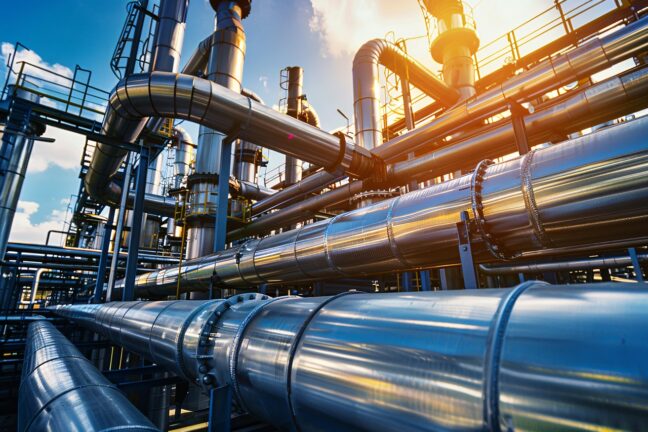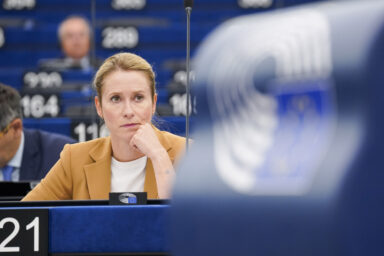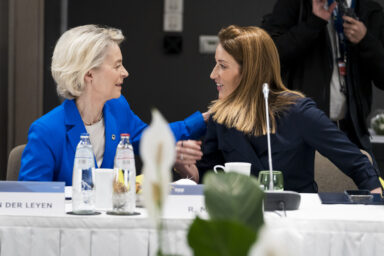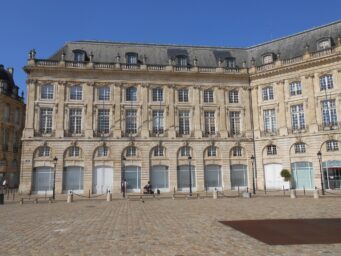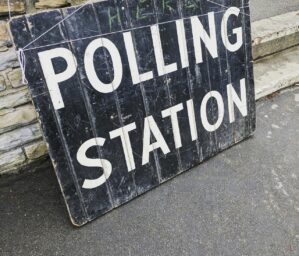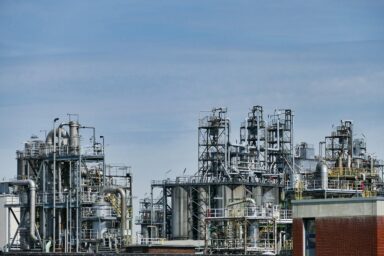Transparent booking capacities, proper publication of line use, and honest handling of congestion fees are needed to harden European gas system against shocks. After having quickly moved away from Russian gas, the market calmed in the third quarter of 2025. Still, the watchdog, European Union Agency for the Cooperation of Energy Regulators (ACER), warns that clouds still lurk over the horizon.
In a pair of reports published on 30 October, the Ljubljana, Slovenia-based agency praises operators for steering the system through a historic supply shock. Russian pipeline gas now makes up barely six per cent of EU imports, down from about 40 per cent in 2021. Liquefied natural gas, shipped in by tanker, has filled much of the gap.
„Infrastructure upgrades and lower gas demand have eased the peak congestion that affected Northwest Europe in 2022,“ the ACER report reads. But the watchdog says the plumbing of Europe’s grid has not kept pace with the new trade flows. Transmission firms must publish more data, co-ordinate bookings better and spend congestion revenue openly. Without sharper discipline, the calm of recent months could prove fleeting.
Shifting currents
Gas now moves in directions few predicted four years ago. At roughly two-fifths of the continent’s cross-border links, flows have flipped, running east rather than west. The change reflects two forces: the collapse in Russian supply and surging LNG landings at ports from Spain to Finland.
Congestion eased in the north-west after extra terminals and lower demand relieved pressure. Southeast Europe tells a different tale. The end of Russian transit through Ukraine on 1 January pushed more fuel into that region, raising the risk of jams at several border points.
You might be interested
Legacy contracts tied to pipelines from Russian Siberia are expiring or have been ripped up since the invasion of Ukraine. Shippers instead bid for capacity in auctions set by the EU’s common rule book, the Capacity Allocation Mechanism. That switch has expanded competition but makes transparency vital.
Follow the money
ACER urges national regulators to apply the common rules without carve-outs. It also wants them to police how grid operators spend the fees collected when lines clog. Channelling that cash into tariff cuts would help firms and households alike and damp price spikes.
Investment should target pinch-points, not vanity links. Projects must back the bloc’s energy and climate aims—moving gas where it is still needed while avoiding assets that could soon sit idle. The agency hints that many problems in the southeast could be solved with modest upgrades if planned early.
The review notes one technical bright spot. Lower use of long pipelines has freed capacity across much of the network. Europe can now move gas to where it earns most, an early sign of the integrated market Brussels has long sought.
Summer lull
The watchdog’s second document surveys the market between July and September. It was one of the quietest quarters in years. Spot prices fell eight per cent from the spring; volatility, a rough gauge of nerves, dropped too. Consumption held steady versus last summer and sat 19 per cent below the pre-crisis norm.
Operators pumped fuel into caverns at a record clip. Even so, inventories reached only 82 per cent of capacity by the end of September, the lowest for a season opener since 2021. Heavy withdrawals during the savage winter of 2024-25 left deeper holes to fill.
Those stocks will now have to stretch further. If temperatures tumble or Asian buyers return to the market, Europe may scramble again for cargoes.
Tanker tide
LNG imports rose 38 per cent year-on-year over the quarter. Extra global output and flat demand in China and Japan kept prices soft despite the buying spree. Cheap seaborne gas lured flows eastward across Europe, feeding markets without coastal terminals. Hub prices in Italy, Central and Eastern Europe stayed well above those in the north-west for a second consecutive quarte
Pipes that once ferried Russian gas west now lie dormant. Lines that push fuel the other way—towards Ukraine and the Balkans—ran close to their limits. ACER says these patterns are likely to persist, cementing the importance of flexible, well-signalled capacity booking.
Natural gas supplies a fifth of the EU’s total energy and nearly a third of household needs. Four in ten homes are hooked to the grid, spending about €700 a year on the fuel. A kilowatt-hour from gas costs 6.5 cents, a third of the price of electricity.
Gas still counts
The bloc imports 80 per cent of what it burns; domestic output has halved over the past decade. Wholesale import bills have oscillated between €75bn and €100bn a year. At the retail level, households and businesses fork out about €200bn.
Infrastructure upgrades and lower gas demand have eased the peak congestion that affected Northwest Europe in 2022. — European Union Agency for the Cooperation of Energy Regulators
Industry now consumes a fifth less gas than it did in 2000, thanks to efficiency gains and a shift towards services. Power stations, by contrast, burn 15 per cent more. These divergent trends complicate planners’ sums when deciding which pipes to reinforce and which to mothball.
ACER’s message is blunt. Europe has weathered a dramatic cut in Russian supply and a winter of record draw-downs. Markets have rewarded that success with lower prices and calmer trading. Yet new patterns of flow and trade expose fresh weak spots.
Unfinished work
So what does the agency propose? Most of it is not rocket science. Transmission system operators should enhance transparency and coordination in gas capacity optimisation. Regulators should ensure a full and consistent application of EU rules, such as the CAM network code, without exceptions.
Member states should target future gas infrastructure investment to solve persistent bottlenecks. Regulators must ensure transparent and efficient distribution of congestion revenues to reduce and stabilise tariffs for European network users.
For now the market slumbers. Tankers keep arriving, and storage caverns remain comfortably full. But winter awaits, and with it the test of whether Europe’s re-wired gas machine can keep the heat on without a hitch.

